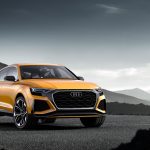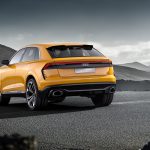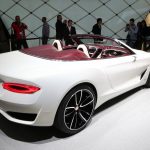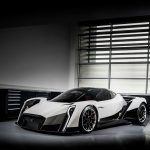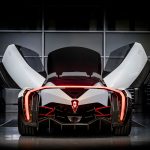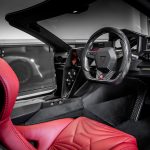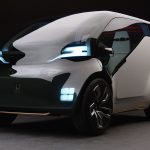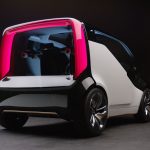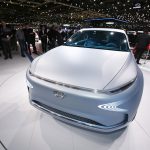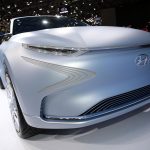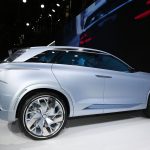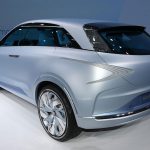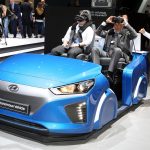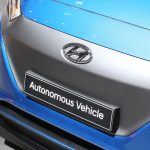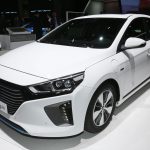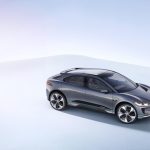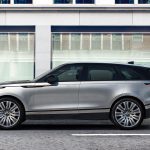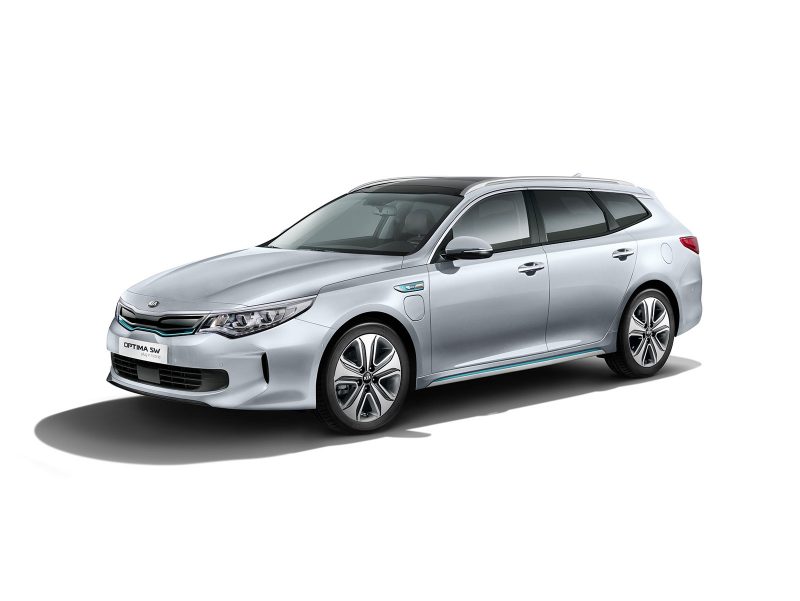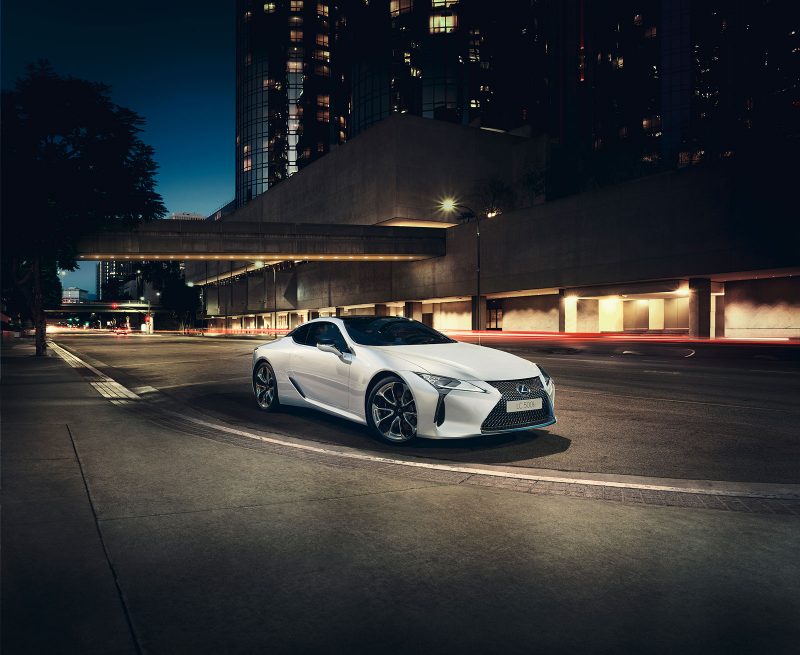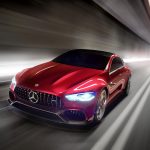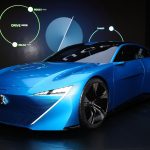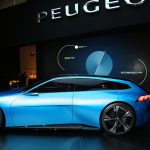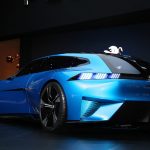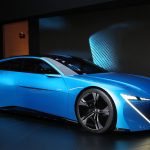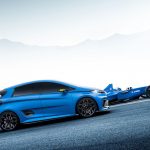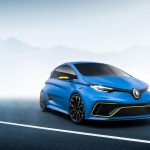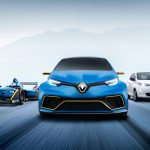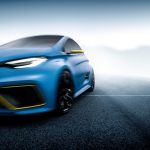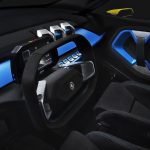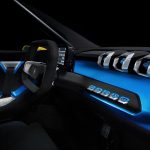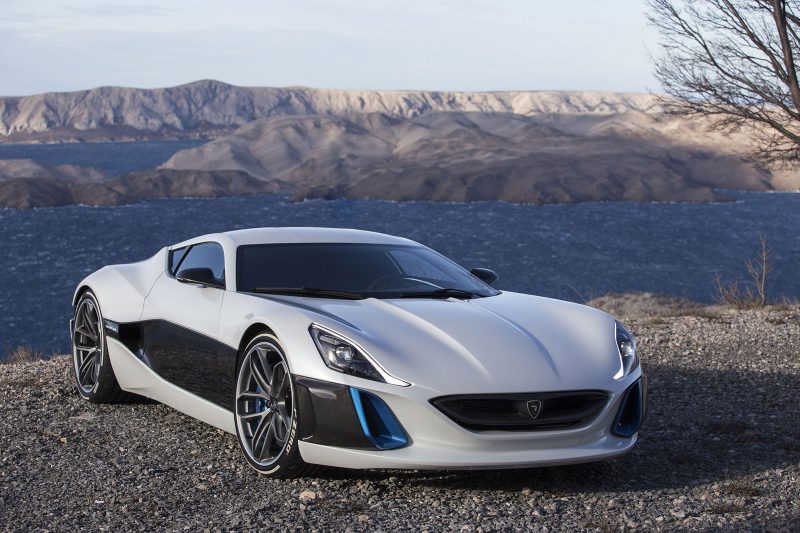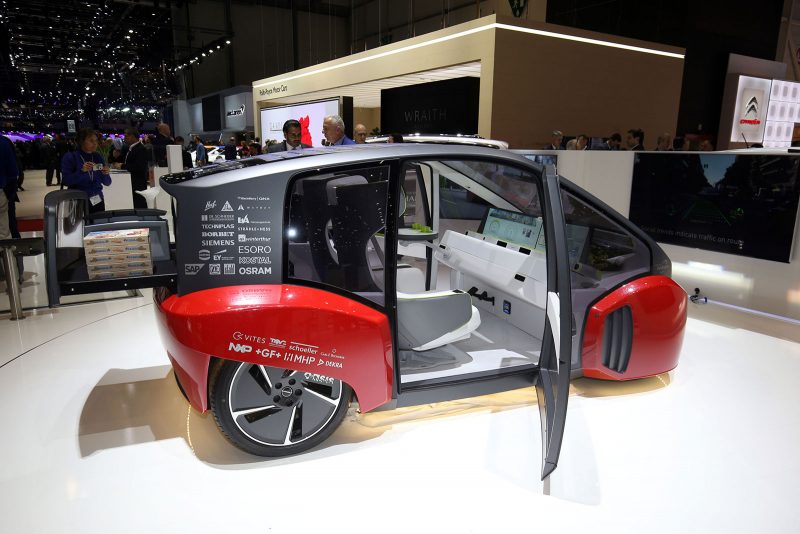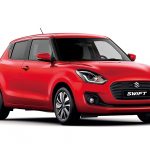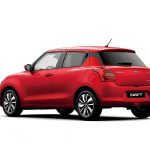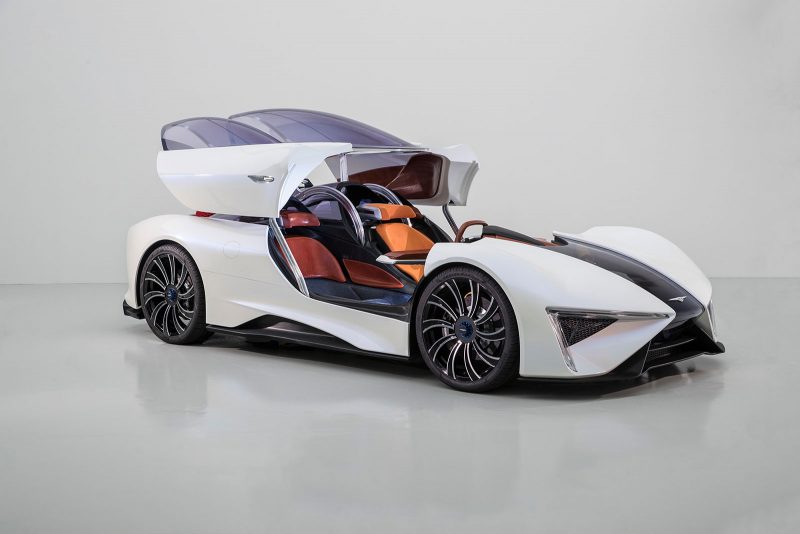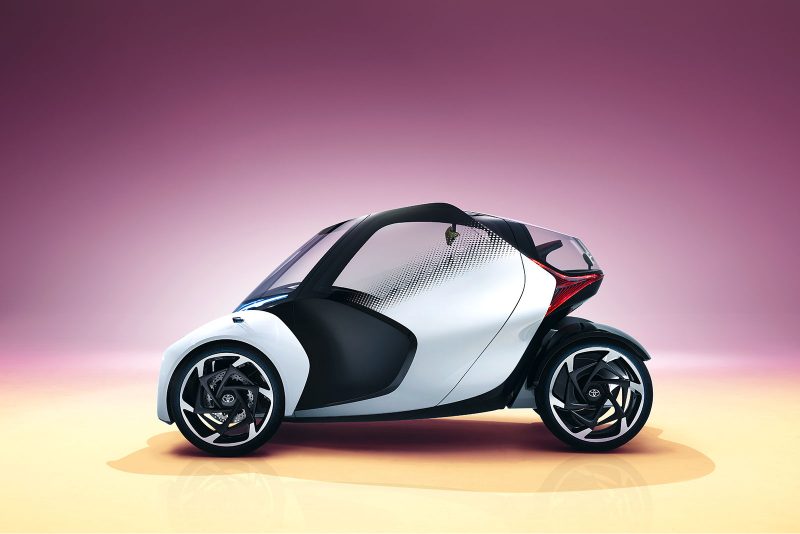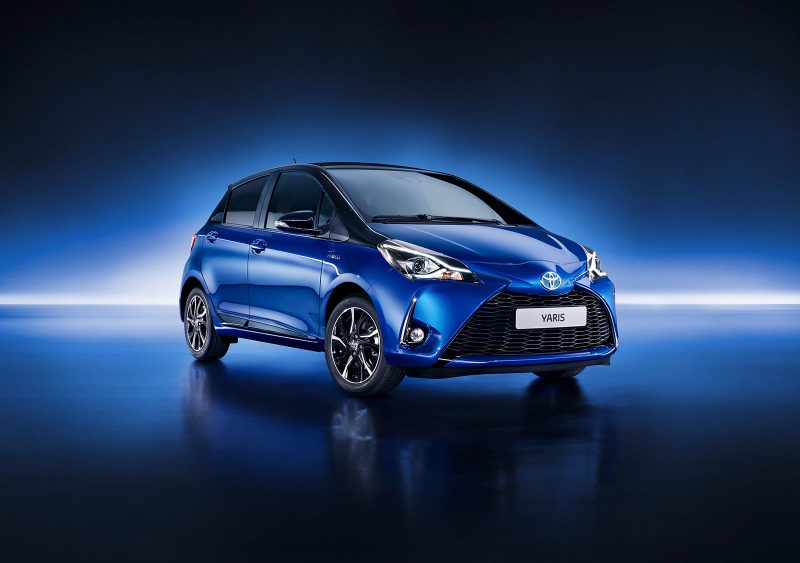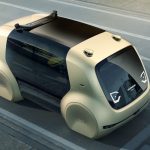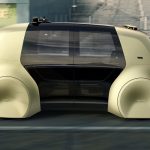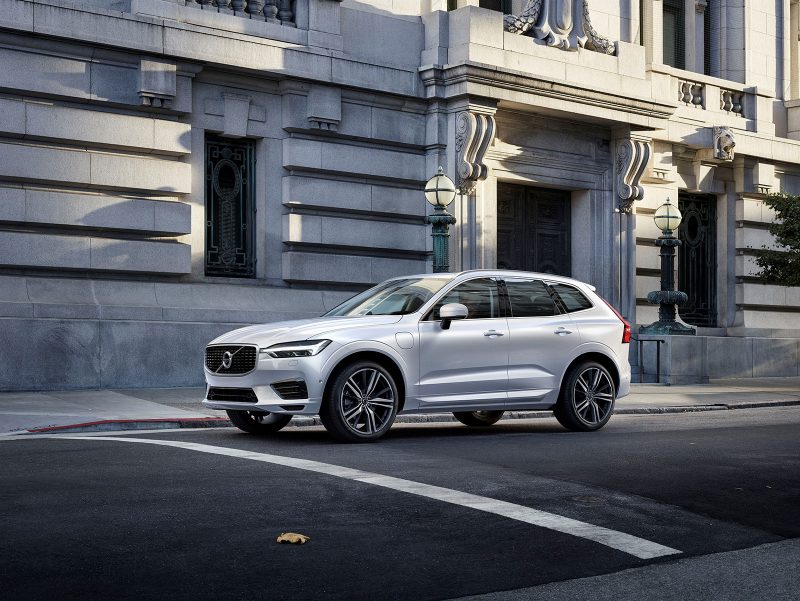As each year passes, motor shows are becoming filled with evermore electrified concepts for us to delight in. This year at Geneva, there are more than ever with companies from Bentley to Vanda displaying electric vehicles.
Audi Q8 Sport Concept
Demonstrating Audi’s idea of a dynamic yet efficient SUV of tomorrow, the latest Q8 Sport Concept combines Audi’s EPC (electric turbo) with a six-cylinder TFSI and a mild hybrid system. The car uses the mild-hybrid (Mhev) technology to recuperate energy into a small 0.9kWh lithium-ion battery. Up to 20kW energy is recovered when braking and its 48V system ensures power availability at all times. Together with the electrically driven EPC, the Q8 Sport Concept is capable of 0-62mph in 4.7 seconds, onwards to a top speed of 170mph – all the while, with the frugality of a four-cylinder equivalent.
Bentley EXP 12 Speed 6e concept
“The EXP 12 Speed 6e is a concept to show that Bentley is defining electric motoring in the luxury sector, with the appropriate technology, high quality materials and refinement levels you’d expect from a true Bentley,” says Wolfgang Dürheimer, chairman and chief executive of Bentley Motors. And we at Autovolt feel they’ve got it pretty well spot on. Bentley believes that the concept will open discussions with luxury car buyers of the future – millennials, members of Generation C and the rising affluent in developing economies – to understand the desired expectations from a future electric luxury car ownership experience. The luxury brand’s electric car strategy includes the introduction of PHEV models across the Bentley model range over the next few years, starting with the Bentayga in 2018.
Dendrobium electric hypercar
Singapore’s first hypercar, the all-electric Dendrobium concept, has made its global debut at the Geneva Motor Show. Headline performance is a top speed in excess of 200mph and 0-60mph in 2.7 seconds. The concept was conceived by Vanda Electrics and technical partner Williams Advanced Engineering. Vanda Electrics is one of Singapore’s leading e-mobility companies and their plan is to launch a fast-charging zero emission electric light commercial vehicle (http://vandaelectrics.com/pro-anttruck/) and electric mini scooter (http://motochimp.com) later this year. For now, the company has chosen the Geneva Motor Show to take the wraps off their halo product, the Dendrobium, but says that it will only go into production with the first models appearing in 2020, if it receives enough positive interest.
Honda NeuV
Having been a little late to the EV party, Honda has announced they predict two thirds of their European sales to be either hybrid, plug-in hybrid, battery electric and fuel cell by 2025. The first Honda EV is the NeuV (pronounced “new-vee”), which stands for New Electric Urban Vehicle, and was conceived to take advantage of the fact that privately-owned vehicles sit idle for 96% of the time. The car functions as an automated car share vehicle when not in use by its owners. In addition, it’s V2G friendly and can be used to sell energy back to the grid. The car features two seats plus luggage space and an electric scooter concept called, “Kick ‘n Go”
Hyundai FE Fuel Cell Concept
Hyundai is back with another fuel cell vehicle (FCV), this time the futuristic FE Fuel Cell Concept that hints toward the next phase of Hyundai’s eco-vehicle program after the ix35 FCV is retired. The concept’s name stands for Future Eco (FE) and the company has announced that it will launch 14 or more new “environmentally-focussed” models by 2020. The concept demonstrates Hyundai’s fourth iteration of their fuel cell technology and is 20% lighter and 10% more efficient. The fuel cell stack is 30% more power dense too, significantly increasing the vehicle’s range to more than 500 miles (800km).
Hyundai Autonomous Ioniq
Hyundai is also exhibiting the Autonomous IONIQ, which showcases the company’s approach to autonomous driving. Visitors to Hyundai’s stand in Geneva are invited to experience autonomous driving through an immersive virtual reality simulator. The real car features LiDAR technology, which has been fitted behind the Autonomous IONIQ’s front bumper rather than the typical roof-mounted approach. This helps retaining the car’s sleek design. The car’s advanced self-driving systems are kept as simple as possible by integrating existing functions from the production model, including the Smart Cruise Control system’s forward-facing radar and Lane Keeping Assist cameras. The system also uses the car’s GPS and Blind Spot detection radar systems, ensuring any manoevre is done safely.
Hyundai Ioniq Plug-in Hybrid
Following the hugely successful launch of Hyundai’s Ioniq Hybrid and Ioniq Electric models, at Geneva the company has unveiled the third iteration, the Ioniq Plug-in (PHEV). The new car combines the best of both worlds offering up to 39-miles (63km) of electric driving range and CO2 emissions as low as 26 g/km with fuel consumption of only 256mpg (1.1 l/100 km) on the NEDC combined cycle. To achieve this, the car is powered by a 45 kW (60 BHP) electric motor and a 8.9 kWh lithium-ion polymer battery. Offering peace of mind, the car’s battery is covered by a 200,000km (probably 100,000 mile) five-year warranty.
Jaguar I-Pace Concept & Range Rover Velar
Jaguar Land Rover is working towards a cleaner future, offering a combination of petrol & diesel ICE with BEVS, PHEVs and MHEVS. By 2020 the company will offer customers the option of electrification on all its new cars. The I-Pace concept is being shown in Europe for the first time at Geneva. The electric performance SUV Concept has been engineered to deliver a package of long-distance range, fast charging times and exhilarating performance. Plans are in place to manufacture the I-Pace at Magna Steyr’s plant in Graz, Austria. The new Range Rover Velar sits between the Evoque and Sport models and will be equipped with the latest Ingenium petrol and diesel engines. In addition, it is expected that Range Rover will offer it with a plug-in hybrid variant before too long.
Kia Niro Plug-in Hybrid
The new Niro Plug-in Hybrid, revealed for the first time in Geneva, combines crossover versatility and design appeal with maximum fuel efficiency from its advanced new plug-in hybrid powertrain. The Niro will be the first car on the market to capitalise on two significant trends: rising sales of plug-in hybrid models (forecast to expand to more than 600,000 units per annum by the end of 2023) and continued growth in the compact crossover market. The Niro Plug-in Hybrid will go on sale across Europe during Q3 2017, pairing an economical 1.6-litre GDI (gasoline direct injection) engine with an 8.9 kWh high-capacity lithium-polymer battery pack.
Kia Optima Sportwagon PHEV
Alongside the Niro, the new Optima Sportswagon Plug-in Hybrid is the second car unveiled in Geneva with an advanced hybrid powertrain. Due on-sale across Europe from Q3 2017, the new derivative combines the tourer versatility of the conventional Optima Sportswagon with the high-efficiency powertrain found in the Optima Plug-in Hybrid sedan, introduced in the third quarter of 2016. The new model is built exclusively for the European market, and offers 440 litres (VDA) of cargo space – 133 litres more than the Optima Plug-in Hybrid sedan – for maximum practicality.
Lexus LS 500h
As luxury cars go, the Lexus LS has become synonymous with luxury, power, technology and performance. The new LS 500h is no exception and with its combination of 3.5-litre V6 petrol unit plus all-new Multi Stage Hybrid System, the luxury barge propels itself from 0-62mph in 5.4 seconds. The new hybrid system allows much greater drive power to be generated when accelerating from stationary. Additionally, Lexus has finally seen the lithium-ion light and saved 20% in size over the nickel-metal hydride battery it replaces. This means an increase of 25-litres boot space compared to the current LS 600h. Lexus CoDrive, a high-level driving support system, is also being introduced in the new LS. This provides steering control in accordance with the driver’s intention and continuous driving support on motorways.
Lexus LC Launch Edition
The full hybrid LC 500h achieves fuel economy of 44.1mpg and 145g/km CO2 emissions from its impressively frugal yet sporty engine and electric motor combination. The Launch Edition version of the new LC is a limited-run model that will be produced to celebrate the introduction of the luxury coupe in Europe, beginning in August 2017. The Launch Edition versions of the full hybrid LC 500h and the V8-powered LC 500 are distinguished by a F-White exterior paint finish with contrasting Breezy Blue interior. They are also fitted with 21-inch alloy wheels that otherwise will be exclusive to Sport and Sport+ grade LC models.
Mercedes-AMG GT Concept
Aimed to show what Mercedes-AMG hybridisation is capable of, the GT concept demonstrates a future where AMG power will be hybridised and therefore able to offer new performance levels never before seen. The concept combines a powerful but efficient V8 petrol engine with an electric motor to deliver 600kW power and blistering acceleration – 0-62mph in less than three seconds. A modular battery concept combines extremely powerful yet light batteries. The “EQ Power+” identifier on the mirror cam indicates the increased performance that can be expected from hybridisation at AMG.
Peugeot Instinct Concept
Following Peugeot’s purchase of Opel-Vauxhall, the French car maker has taken its recently unveiled Instinct plug-in hybrid concept to Geneva. First revealed in Spain, the concept showcases Peugeot’s ‘Drive’ and ‘Autonomous’ modes. Within these modes, there are various settings that Peugeot hopes offer suitable programming appropriate to whatever mood or environment the driver and car find themselves. These include ‘Drive Boost’, ‘Drive Relax’, ‘Autonomous Soft’ and Autonomous Sharp’. The plug-in hybrid system offers a healthy 295 BHP (300PS) too, ensuring there’s plenty of power available to enjoy too.
Renault Zoe e-sport concept
Renault’s much anticipated “EV surprise” has been revealed as a concept sports version of the Zoe electric city car. The Zoe e-sport concept has twin electric motors providing 340kW (nearly 460bhp) and 640Nm torque. These launch the car from 0-62mph in 3.2 seconds. 130mph is reached in under 10 seconds. Extensive use of both carbon-fibre and kevlar has kept weight reasonable, at 1,400 kilos (including the 450kg battery). The sporty little number has been conceived as something in-between a production and racing car and pays homage to Renault’s success in the FIA Formula E Championship, where the Renault-e.dams team continues to lead the pack after three years. Whether the e-sport will be turned into a road-ripping production model remains to be seen, sadly.
Rimac Concept_One
This year Rimac Automobili presents the two customer Concept_One cars. Numerous developments in the powertrain, the battery system and electronics enabled Rimac Automobili to boost its flagship’s performance. The power of the Concept_One increased by 100 kW to a total of 900 kW / 1224 hp which enables the car to reach 100 km/h in 2,5 seconds and 60 miles per hour in 2,4 seconds. The Concept_One’s battery system also received an upgrade. With the challenge of delivering 1 MW of power while enabling of up to 350 km range the battery capacity was upgraded to 90 kWh.
Rinspeed Oasis
Swiss automotive visionary Frank M. Rinderknecht has reimagined mobility with the Oasis concept vehicle. The self-driving electric vehicle is said to be the antithesis of SUVs in the city. The concept is a maneuverable speedster with an integrated small garden plot located behind the windscreen. The idea is to showcase a future vehicle that can seemlessly integrate car+garden and autonomous function beyond the vehicle, using the Cloud.
Suzuki Swift
Following on from its launch in the Japanese domestic market late last year, Suzuki Motor Corporation now unveils the new European Swift at the Geneva Motor Show as its all-new global supermini. The SHVS mild hybrid system is a compact and lightweight system that incorporates an Integrated Starter Generator (known as ISG) which acts as both a generator and starter motor, the ISG is belt driven and assists the engine during vehicle take off and acceleration and also generates electricity through regenerative braking. In new Swift, SHVS is available together with Boosterjet for the first time and results in CO2 emissions as low as 97gkm.
Techrules Ren
Techrules is debuting the final production design of its first series hybrid supercar at the 2017 Geneva Motor Show. ‘Ren’ is the first production vehicle from the China-based automotive research and development company, and features its proprietary Turbine-Recharging Electric Vehicle (TREV) technology. Renis the world’s first electric production supercar to feature the ground-breaking Techrules-developed Turbine-Recharging Electric Vehicle (TREV) system, previously introduced at last year’s Geneva show. A variety of configurations will be available to tailor the powertrain to the exact requirements of the customer. The flagship version – with a battery capacity of 25 kWh and with two motors at the front and four at the rear – delivers maximum power of 960kW (1,287 hp/1,305 ps) with a range of 1,170 km from 80 litres of diesel fuel (NEDC).
Toyota i-TRIL concept
This intriguingly different concept features a one-plus-two seating layout and Active Lean technology, similar in concept to that used by the Toyota i-ROAD. It has been developed as a viable alternative to city cars, small hatchbacks (A and B segment), other all-electric EV models and motorcycles for people who still want to have fun when driving, even at slower, urban traffic speeds. Toyota sees the i-TRIL as a model that can help change the way people perceive EVs, true its waku-doku (heart beat) philosophy for bringing more passion and driving pleasure to its vehicles. The Toyota i-TRIL is powered by an electric motor and weights just 600kg It is capable of operating fully autonomously, but having been conceived to be fun to drive, it’s more likely that owners will want to drive for themselves most of the time. Its target driving range is more than 185 miles (300km) between charges.
Toyota Yaris Hybrid updates
More than 900 components have been updated on the 2017 Yaris including the Hybrid variant, giving the car a new lease of life. Design, dynamic performance and safety have all been improved. The most important changes have been made to the Yaris’ hybrid engine, which is now quieter and offers low CO2 figures from 75g/km.
Volkswagen Sedric and one-touch autonomous driving
VW’s Sedric (self-driving car) provides an insight into individual mobility that can be used by everyone, but which can be geared to personal needs and aspirations – available at the touch of a button, “easy, sustainable, convenient, and safe”. The first concept car from the Volkswagen Group is a cross-brand ideas platform that will use Sedric to highlight the major importance of fully automated driving in the future strategy of VAG companies. Sedric the VW’s first concept car to be capable of level 5 autonomous driving and is, of course, electric.
Volvo XC60
Volvo are on a roll and appear not to be able to do any wrong. With their superb XC90 launched to huge success and their more recent S90 and V90 models too, the next in-line is the new XC60. Equipped with Volvo’s award-winning T8 Twin Engine petrol plug-in hybrid at the top of the powertrain range, delivering 407 hp the XC60 accelerates from 0-100 km/h in just 5.3 seconds. There’s a new CleanZone four-zone climate control system that removes harmful pollutants and particles from outside. Volvo claim the XC60 to be one of the safest cars ever made, with technologies like Steer Assist, which has been added to the ground-breaking City Safety system. A new safety system called Oncoming Lane Mitigation uses Steer Assist to help avoid head-on collisions, while Volvo’s Blind Spot Indication System (BLIS) now uses Steer Assist functionality to reduce the risk of lane-changing collisions too.
